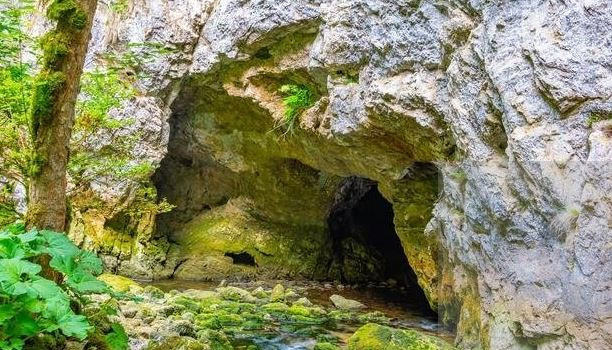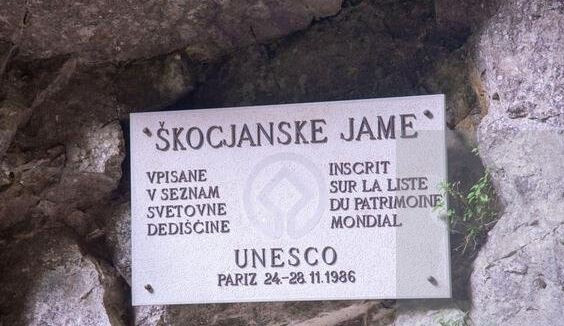One of the largest underground canyons in the world and at the same time one of Europe’s most impressive natural phenomena is hidden in the depths of southwestern Slovenia.
This is the extensive Scotchian cave complex, which is a unique geological miracle.
This impressive underground network is internationally recognized for its natural beauty and scientific value, while attracting visitors and researchers from around the world, as geomorphology offers valuable information on the study of caves, making them one of the most important points in the world for scientific research.
The Caves Scotchyan were formed by limestone have sinks, over 5 kilometers of underground corridors, as well as caves exceeding 200 meters deep, with impressive waterfalls as their “natural ornament”.
Due to their importance, UNESCO World Heritage Site has been declared a monument since 1986.
It is worth noting that due to the particular microclimate, a unique ecosystem has been developed within them.
After its independence from Yugoslavia, Slovenia created the cave provincial park and its supervision service.
The explored length of the caves is 6,200 meters. The caves were formed in a 300 -meter limestone layer.
The Reka River disappears under the ground in the Great Doline (Velika Dolina) in the Skotzian caves and then flows underground for 34 kilometers and appears again on the surface near Monnifcone, where it contributes about one -third of the flow of the Timavos River, which flows into the sea.
The large size of the underground canyon is the one that distinguishes the caves of Skotsgian from other similar underground features in the world. The underground river flows into the underground canyon, turning northwest before the Cherkbiko Bridge and continues to the Hankejev Kanal channel. This underground canyon is 3.5 kilometers long, 10 to 60 meters wide and over 140 meters high. In some places it forms large chambers. The largest of them is Martel’s chamber, with a volume of 2.2 million cubic meters, and is the largest underground chamber in Europe. The chamber results in a small passage, which cannot channel water in the event of heavy rainfall, resulting in the rise of the level of water for over a hundred meters.
Source: Skai
I have worked as a journalist for over 10 years, and my work has been featured on many different news websites. I am also an author, and my work has been published in several books. I specialize in opinion writing, and I often write about current events and controversial topics. I am a very well-rounded writer, and I have a lot of experience in different areas of journalism. I am a very hard worker, and I am always willing to put in the extra effort to get the job done.












